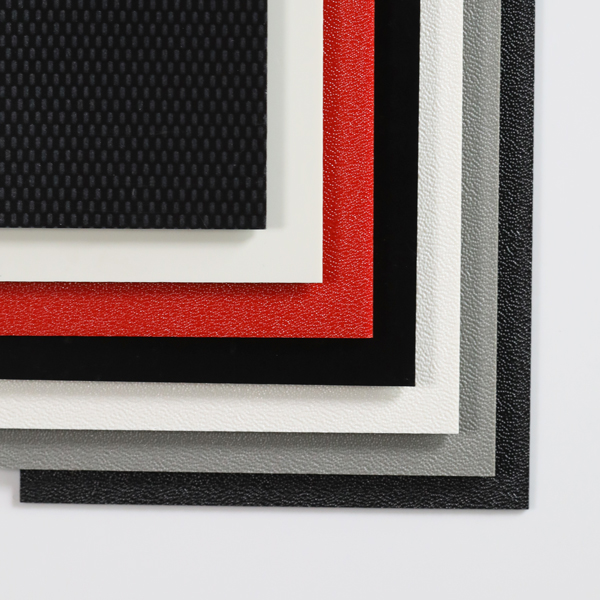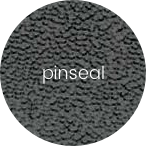Acrylonitrile Butadiene Styrene, commonly known as ABS, combines three unique compounds to create a versatile and cost-effective thermoplastic polymer. It is a general use, mid-level performance material, combining the strength and rigidity of acrylonitrile and styrene polymers with the toughness of polybutadiene rubber.
It has a strong resistance to corrosive chemicals and high impact resistance.
Its properties make it the ‘go to’ option for both prototyping and 3D printing.
ABS sheet is the most widely used engineered thermoplastic sheet and available in a range of textured, smooth and embossed finishes, offered in virgin, recycled and flame retardant grades.
Applications & Use
ABS can be easily machined, either by turning, drilling, milling, sawing, die-cutting or shearing. Its low melting temperature makes it simple to use in vacuum forming, fabricating and printing.
ABS can be cut using standard shop bought tools, and line bent with standard heat strips. It can be chemically affixed to either itself or other similar plastics, easily machined, sanded, glued and painted.
Its lightweight and ability to be injection moulded make it ideal for use in manufacturing a wide range of products including automotive car bumpers, enclosures for electrical assemblies, protective headgear, luggage and carrying cases, toys, household and consumer goods. There are countless applications for ABS.



















